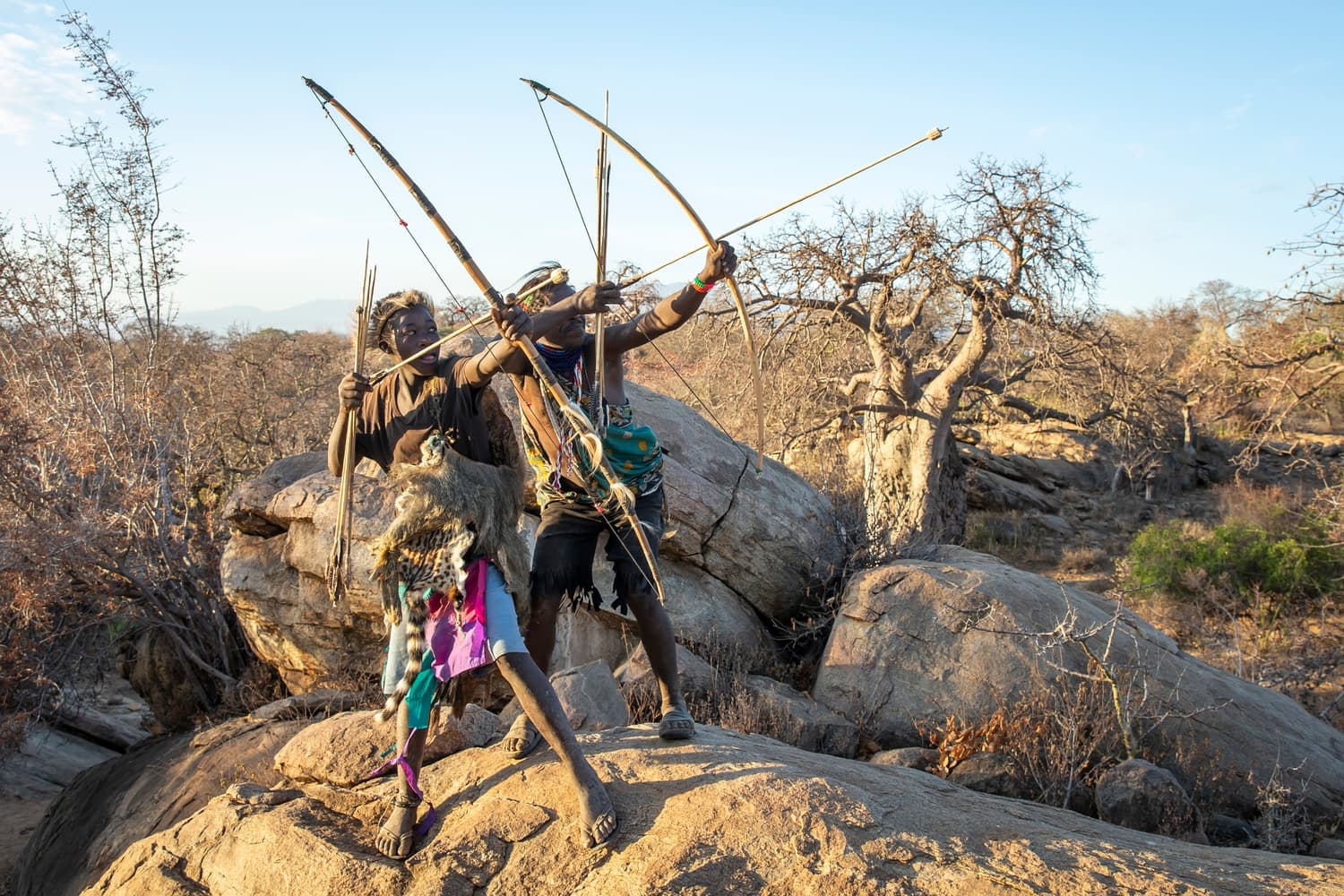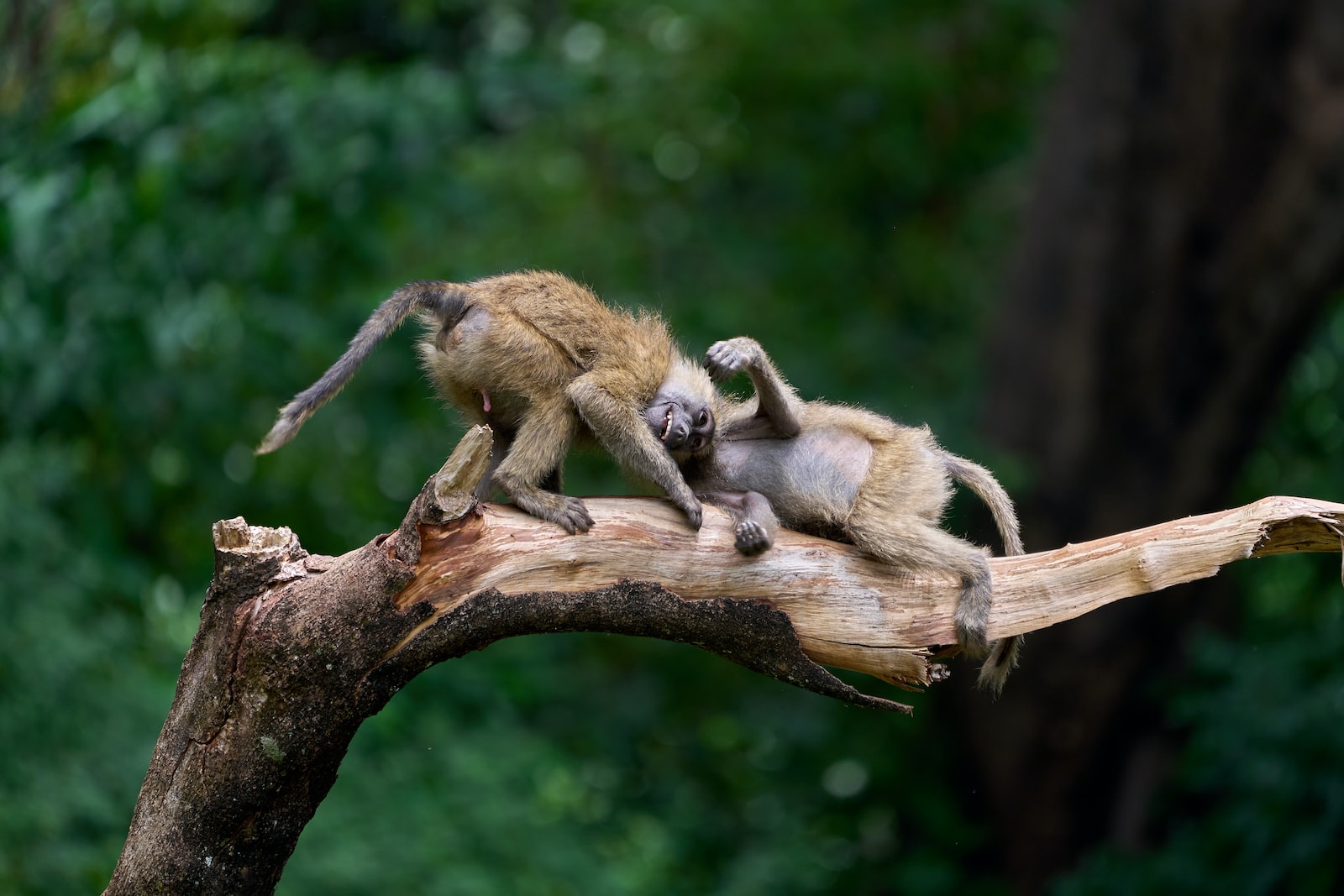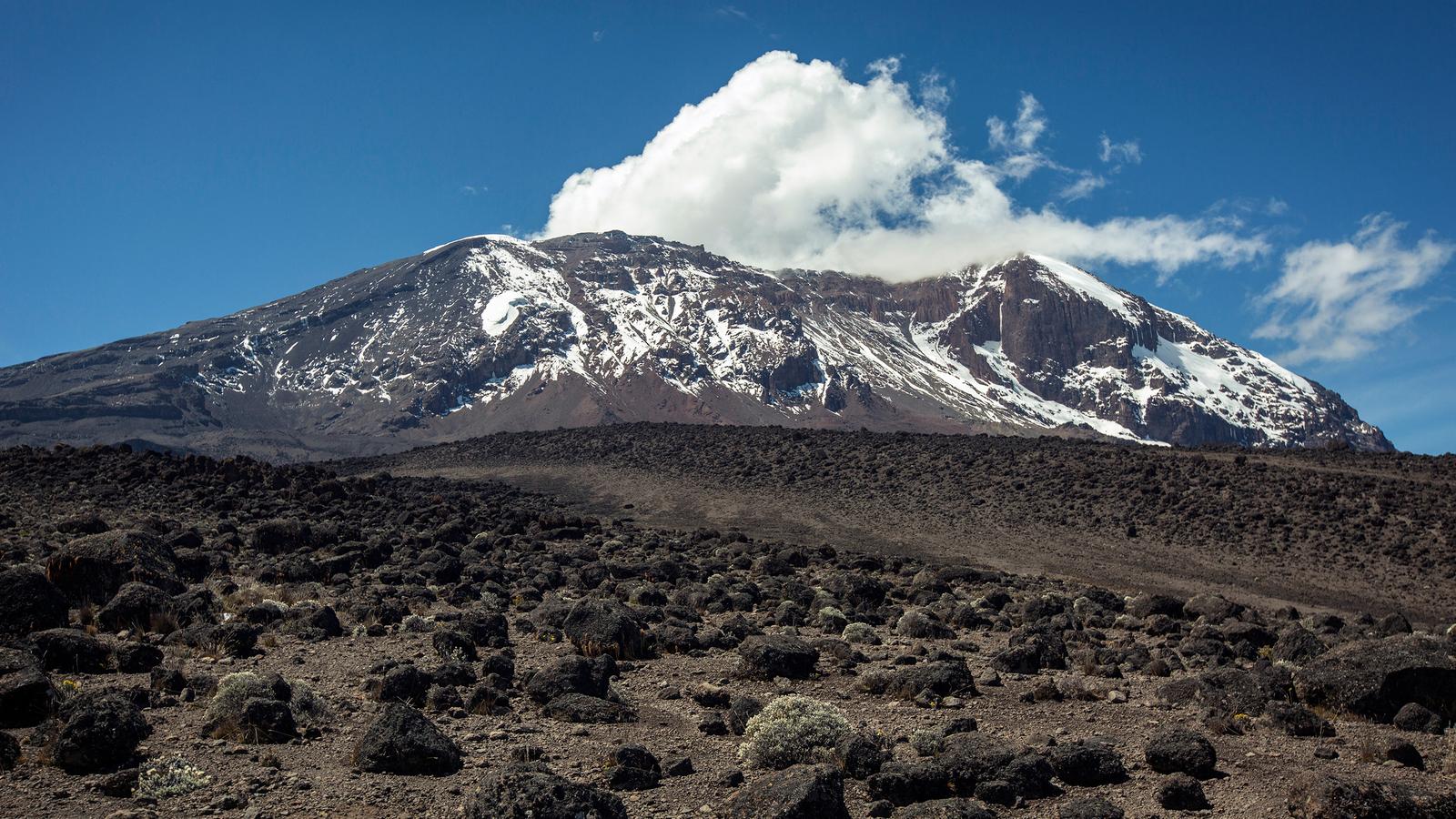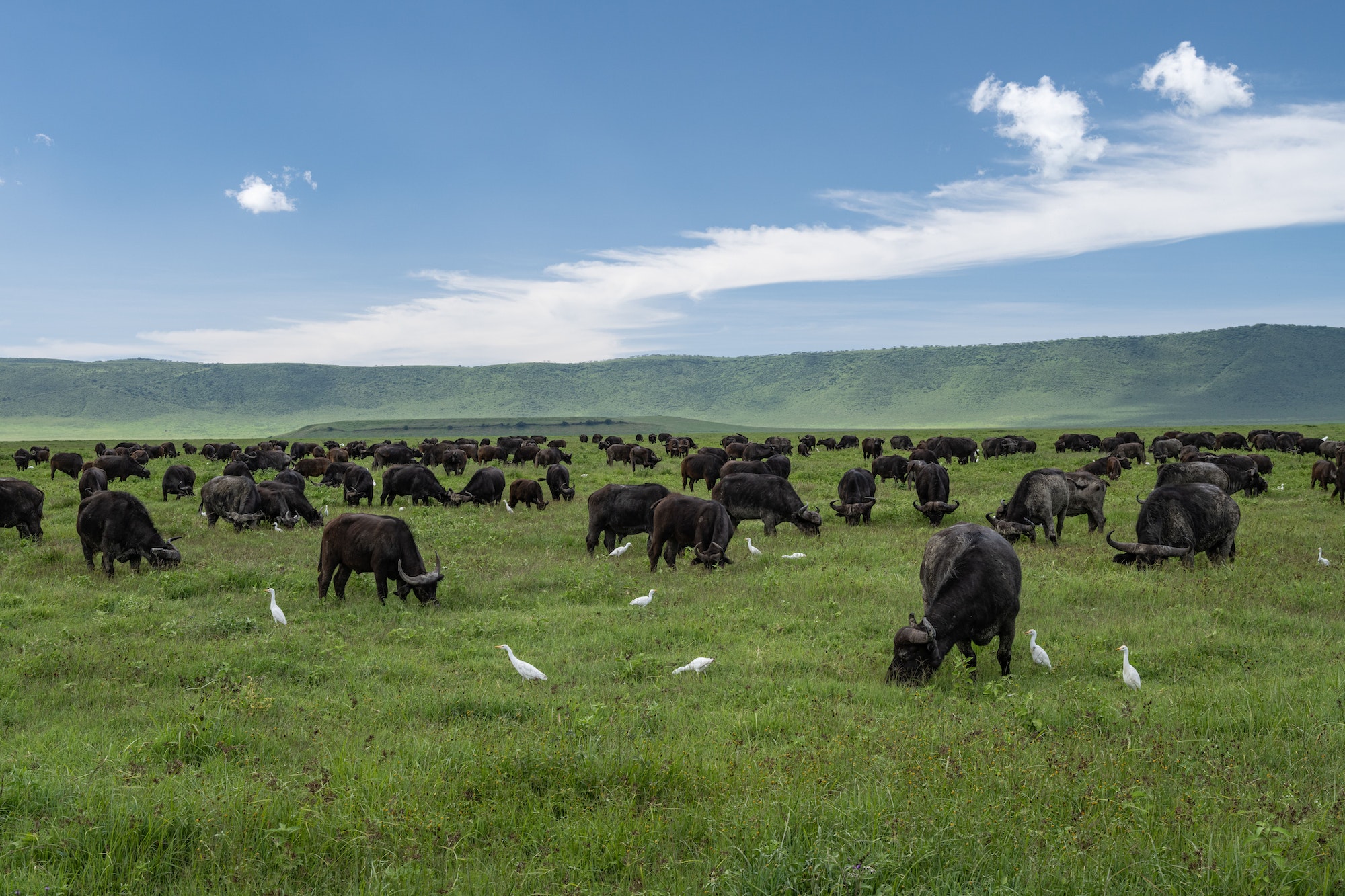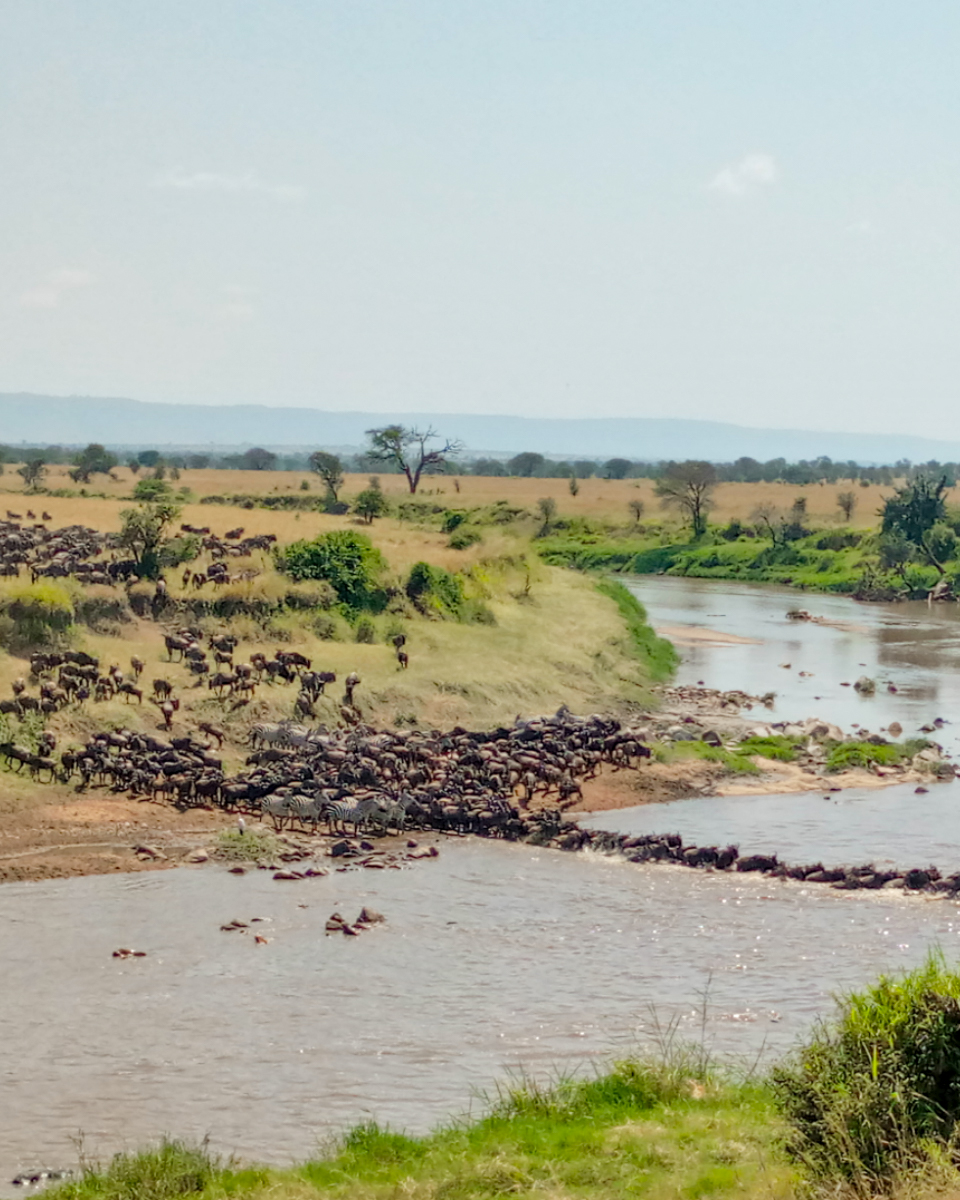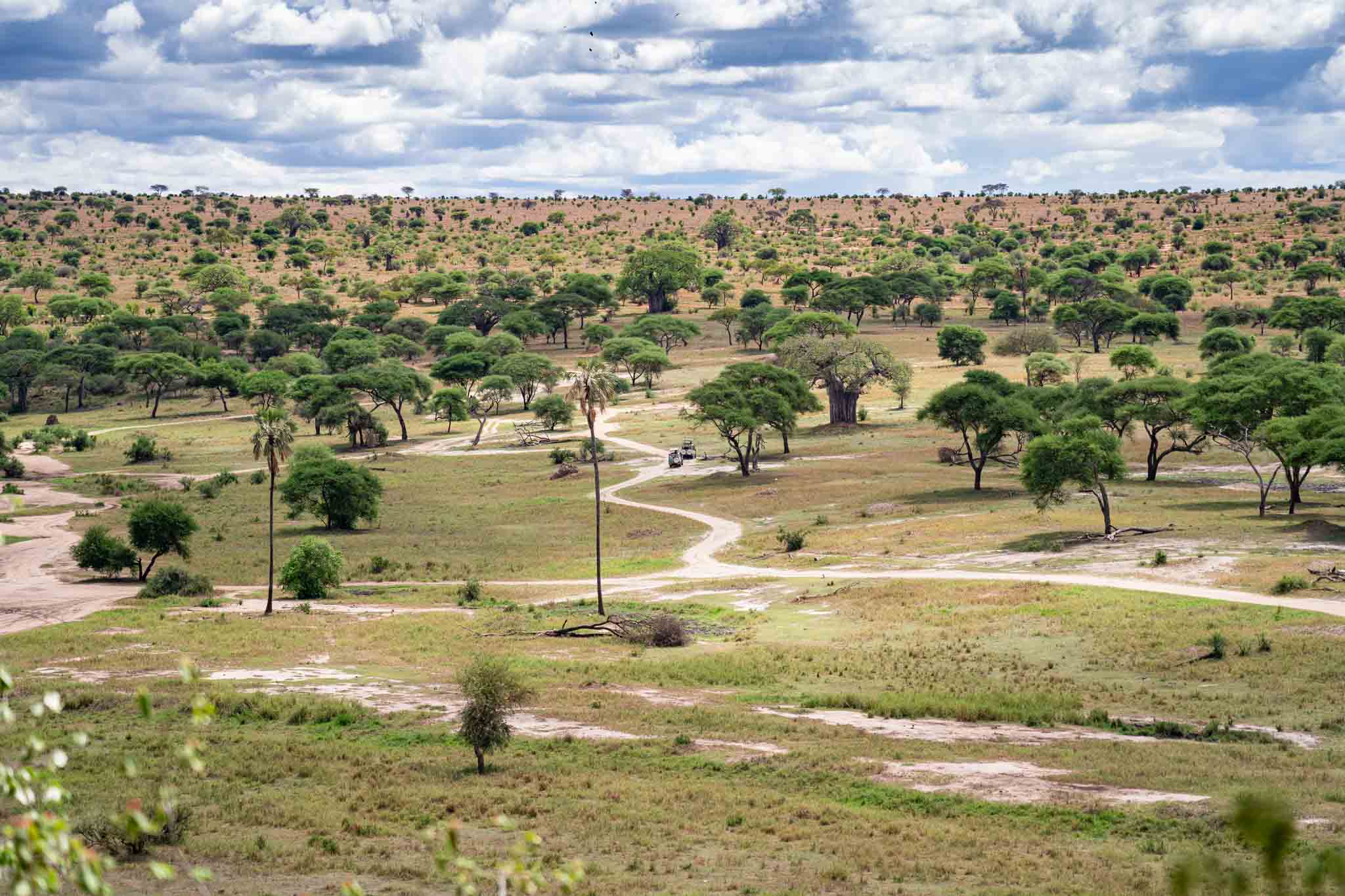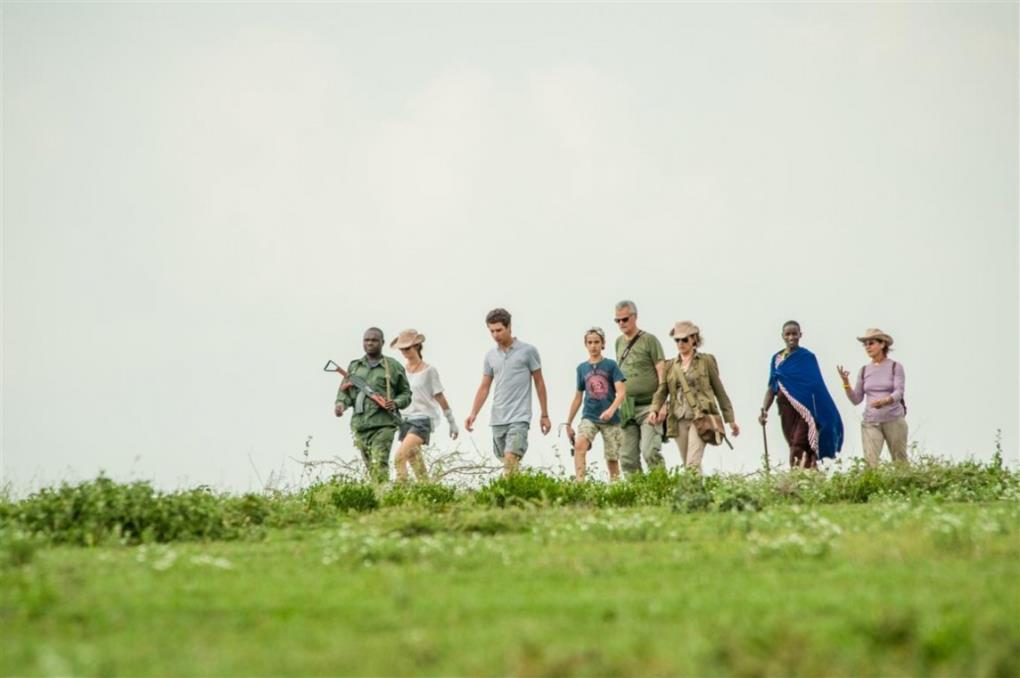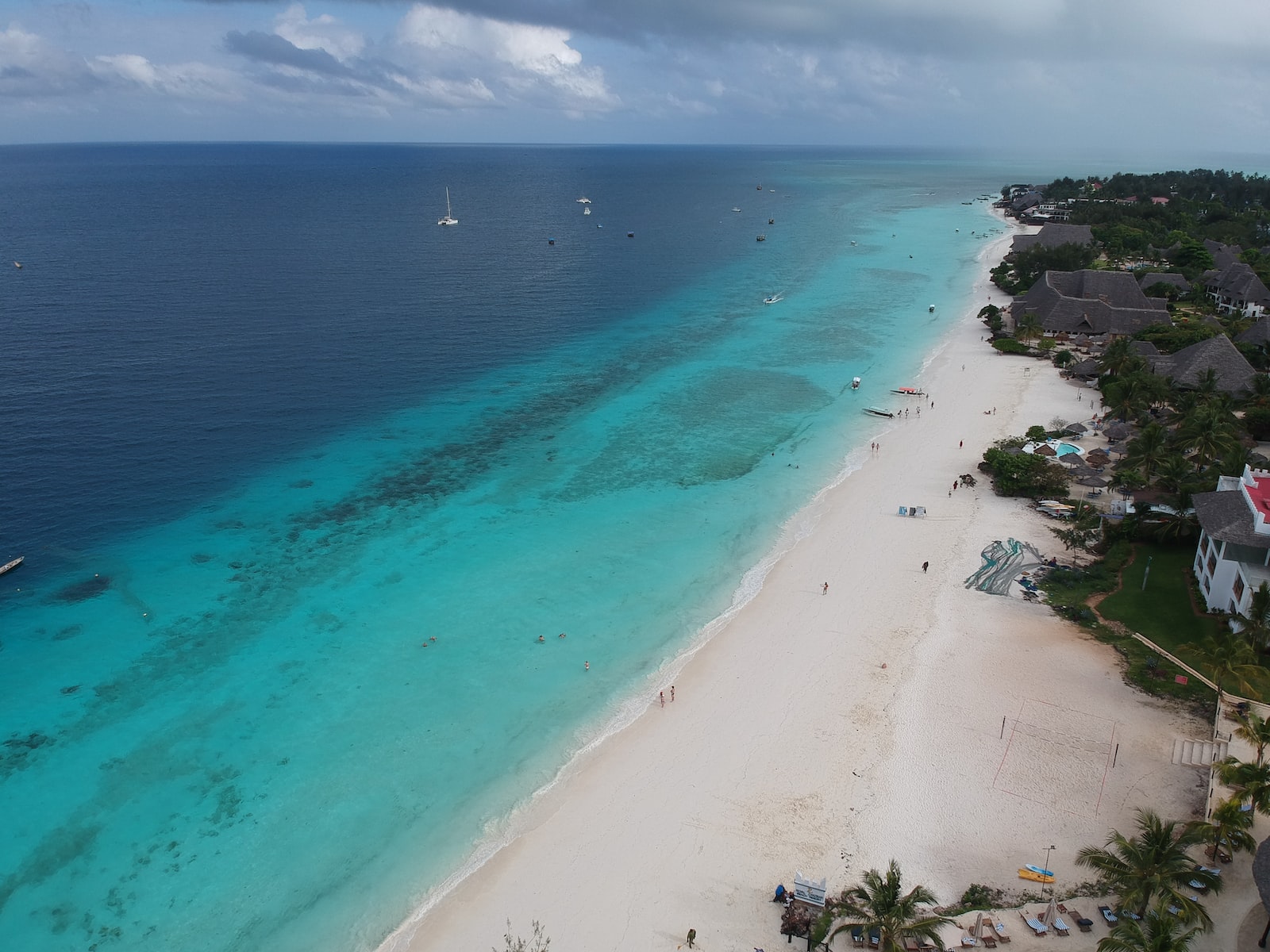Kilimanjaro Mountain Safety: A Comprehensive Guide
Introduction
Kilimanjaro is a majestic mountain, standing tall at 19,341 feet, making it the highest peak in Africa. While it’s an exhilarating experience to climb the mountain, it’s also essential to understand the potential dangers involved. The following guide provides important safety tips to ensure a successful and safe climb to the summit of Kilimanjaro.
Physical Preparation
Before embarking on a Kilimanjaro climb, it’s important to prepare yourself physically. You should start working out at least 3-4 months before the climb to strengthen your muscles, improve your cardio endurance, and acclimate your body to high altitudes. It’s also essential to undergo a medical check-up to ensure that you’re physically fit for the climb.
Altitude Sickness Prevention
Altitude sickness is a common condition that can affect climbers, especially those who are not acclimatized to high altitudes. Symptoms can range from mild to severe and include headache, nausea, vomiting, and dizziness. To prevent altitude sickness, climbers should take acclimatization seriously, follow a slow ascent, and hydrate frequently. Medications such as Diamox can also help prevent altitude sickness.
Weather and Environmental Safety
The weather on Kilimanjaro can be unpredictable and change quickly. It’s important to pack and dress accordingly for all weather conditions, including rain, snow, wind, and extreme temperatures. Climbers should also be aware of environmental hazards such as high-altitude sun exposure, dehydration, and hypothermia.
Equipment Safety
Having proper gear and equipment is crucial for a safe and successful climb. It’s important to invest in high-quality gear such as waterproof jackets, pants, and boots, as well as sturdy and comfortable backpacks. Climbers should also ensure that all their gear and equipment are in good working condition before embarking on the climb.
Hygiene and Sanitation
Maintaining good hygiene and sanitation is essential for preventing illness and infection on the mountain. Climbers should bring hand sanitizer, wet wipes, and toilet paper for personal hygiene. They should also ensure that they dispose of waste appropriately and avoid leaving any trash on the mountain.
Guided Tours and Porter Safety
Guided tours and porters play a crucial role in ensuring a safe and successful climb. Climbers should only choose reputable and experienced tour companies that follow ethical practices, such as providing adequate food and shelter for porters and treating them with respect. It’s also essential to ensure that porters are carrying a safe and manageable load.
Emergency Preparedness
Climbing Kilimanjaro involves potential risks, and it’s important to be prepared for emergencies. Climbers should carry a first aid kit and have basic knowledge of first aid procedures. It’s also crucial to have a communication plan in place, such as a satellite phone or radio, to contact rescue services in case of an emergency.
Mental Health and Well-being
Climbing Kilimanjaro can be mentally challenging, and it’s essential to take care of your mental health and well-being. Climbers should be prepared for the physical and mental demands of the climb, practice mindfulness techniques, and stay positive throughout the climb.
Climbing Kilimanjaro can be an unforgettable and life-changing experience. However, it’s important to prioritize safety and follow the necessary precautions to ensure a successful climb. By following the tips and guidelines provided in this guide, climbers can safely conquer the summit of Kilimanjaro and create memories that will last a lifetime.
FAQs
- Is it safe to climb Kilimanjaro?
Yes, climbing Kilimanjaro can be safe if you follow the necessary precautions and prepare yourself physically and mentally for the climb. - What should I do if I experience altitude sickness?
If you experience altitude sickness, it’s important to descend immediately to a lower altitude to prevent the condition from worsening. It’s also recommended to take medications such as Diamox to help alleviate symptoms. - How do I choose a reputable and ethical tour company?
When choosing a tour company, do your research and read reviews from previous customers. Look for companies that follow ethical practices, such as providing adequate food and shelter for porters and treating them with respect. - What should I pack for a Kilimanjaro climb?
You should pack for all weather conditions, including rain, snow, wind, and extreme temperatures. High-quality gear such as waterproof jackets, pants, and boots, as well as sturdy and comfortable backpacks, are essential. You should also bring personal hygiene items such as hand sanitizer, wet wipes, and toilet paper. - How long does it take to climb Kilimanjaro?
The duration of the climb depends on the chosen route, but the average time to reach the summit is 5-7 days. It’s important to choose a route that allows for adequate acclimatization and a slow ascent to prevent altitude sickness.



